I'm looking for some help with the new storeyboards and size classes in xcode 6. I'm looking to build a fairly simple interface with a few labels and text field, however I'm having problems making this look correct for the different devices.
As you can see from the attached image iphone 6 picks up the constraints and size set for the iphone, which looks daft (forcing the label for Score, for example, closer to the left because of the constraint) and doesn't make use of the screen size. Is there no way in xcode to build a layout and have it proportionately adjust to the screen size? Buttons and labels increase in size by x amount?
I can build completely separately for ipad and iphone and was happy to do this in previous versions of xcode but this seems to be defeating the whole point of size classes, and even if I was to do this my problem is still the iphone 6 and 6 plus which would pick up the iphone layout and look ridiculous.
I'm tearing my hair out with this so would appreciate any help.

